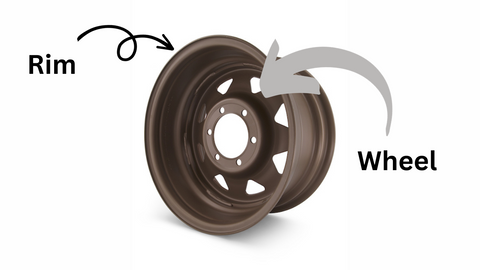Steel Wheels vs. Steel Rims: The Difference for Your 4WD
Spoiler alert! Wheels, rims, rims, wheels... potato, vodka. Same, same but different.
The terms "steel wheels" and "steel rims" are often used interchangeably, but they can refer to slightly different things depending on the context. In general, both terms are related to the construction of a vehicle's wheel, particularly in the context of automobiles.
Here's a breakdown of the differences and how they are commonly used, just because we can:
-
Wheels:
- Wheels refer to the entire wheel assembly, which includes the rim (the outermost part of the wheel) and the wheel centre (the part that connects to the vehicle's hub).
- They are a complete wheel unit, designed to mount a tire and be bolted onto a vehicle.
- Steel wheels, or allow wheels, can come in various designs and styles, with different sizes, bolt patterns, and offsets to fit different types of vehicles.
-
Rims:
- Rims specifically refer to the outermost part of a wheel, which is the circular component that holds the tire.
- Steel rims are durable and cost-effective but may be heavier than alloy or aluminium rims, perfect for 4x4s.

In summary, the key difference is that "steel wheels" generally refer to the entire wheel assembly, including both the rim and the wheel centre, while "steel rims" specifically refer to the outer part of the wheel that holds the tire.
The choice between steel and other materials for wheels or rims can affect factors like weight, cost, and durability, and it often depends on the intended use and preferences of the vehicle owner. Read more about the difference!